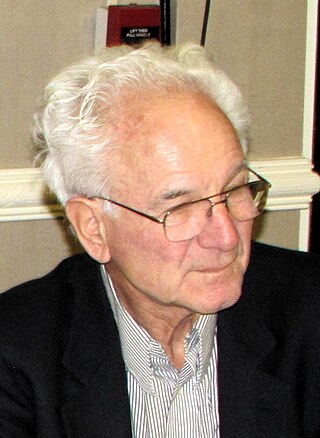
Peter Heinz Hermann Duesberg is a German-American molecular biologist and a professor of molecular and cell biology at the University of California, Berkeley. He is known for his early research into the genetic aspects of cancer. He is a proponent of AIDS denialism, the claim that HIV does not cause AIDS.
Various fringe theories have arisen to speculate about purported alternative origins for the human immunodeficiency virus (HIV) and the acquired immunodeficiency syndrome (AIDS), with claims ranging from it being due to accidental exposure to supposedly purposeful acts. Several inquiries and investigations have been carried out as a result, and each of these theories has consequently been determined to be based on unfounded and/or false information. HIV has been shown to have evolved from or be closely related to the simian immunodeficiency virus (SIV) in West Central Africa sometime in the early 20th century. HIV was discovered in the 1980s by the French scientist Luc Montagnier. Before the 1980s, HIV was an unknown deadly disease.

The Joint United Nations Programme on HIV and AIDS is the main advocate for accelerated, comprehensive and coordinated global action on the HIV/AIDS pandemic.

Dag Hjalmar Agne Carl Hammarskjöld was a Swedish economist and diplomat who served as the second Secretary-General of the United Nations from April 1953 until his death in a plane crash in September 1961. As of 2024, he remains the youngest person to have held the post, having been only 47 years old when he was appointed. He was a son of Hjalmar Hammarskjöld, who served as Prime Minister of Sweden from 1914 to 1917.
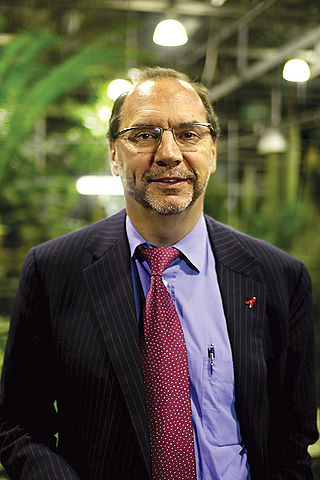
Sir Peter Karel, Baron Piot is a Belgian-British microbiologist known for his research into Ebola and AIDS.
The oral polio vaccine (OPV) AIDS hypothesis is a now-discredited hypothesis that the AIDS pandemic originated from live polio vaccines prepared in chimpanzee tissue cultures, accidentally contaminated with simian immunodeficiency virus and then administered to up to one million Africans between 1957 and 1960 in experimental mass vaccination campaigns.
This is a timeline of HIV/AIDS, including but not limited to cases before 1980.

The United Nations Operation in the Congo was a United Nations peacekeeping force which was deployed in the Republic of the Congo in 1960 in response to the Congo Crisis. The ONUC was the UN's first peacekeeping mission with significant military capability, and remains one of the largest UN operations in size and scope.

The human immunodeficiency virus (HIV) is a retrovirus that attacks the immune system. It is a preventable disease. There is no vaccine or cure for HIV. It can be managed with treatment and become a manageable chronic health condition. While there is no cure or vaccine, antiretroviral treatment can slow the course of the disease and enable people living with HIV to lead long and healthy lives. An HIV-positive person on treatment can expect to live a normal life, and die with the virus, not of it. Effective treatment for HIV-positive people involves a life-long regimen of medicine to suppress the virus, making the viral load undetectable. Without treatment it can lead to a spectrum of conditions including acquired immunodeficiency syndrome (AIDS).

Cecil Stanley Margo, QC, FRAeS was an Allied World War II hero. Margo was also a Supreme Court Justice who oversaw a number of international air-crash investigations, including into the crash of South African Airways Flight 295.
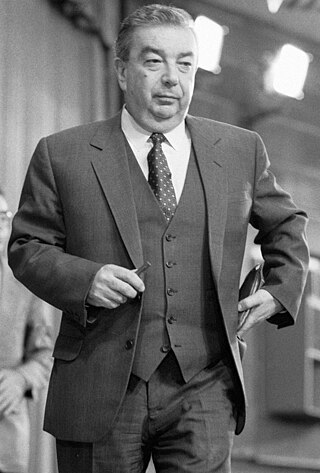
Operation Denver was an active measure disinformation campaign run by the KGB in the 1980s to plant the idea that the United States had invented HIV/AIDS as part of a biological weapons research project at Fort Detrick, Maryland. Historian Thomas Boghardt popularized the codename "INFEKTION" based on the claims of former East German Ministry for State Security (Stasi) officer Günter Bohnsack, who claimed that the Stasi codename for the campaign was either "INFEKTION" or perhaps also "VORWÄRTS II". However, historians Christopher Nehring and Douglas Selvage found in the former Stasi and Bulgarian State Security archives materials that prove the actual Stasi codename for the AIDS disinformation campaign was Operation Denver. The operation involved "an extraordinary amount of effort – funding radio programs, courting journalists, distributing would-be scientific studies", according to journalist Joshua Yaffa, and even became the subject of a report by Dan Rather on the CBS Evening News.
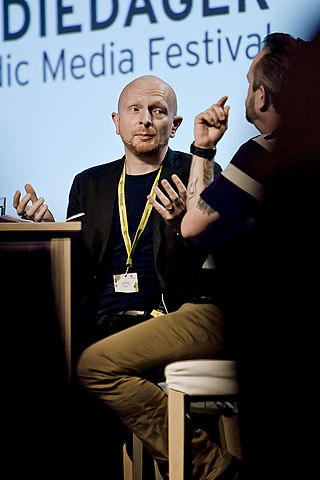
Mads Brügger is a Danish filmmaker and TV host.
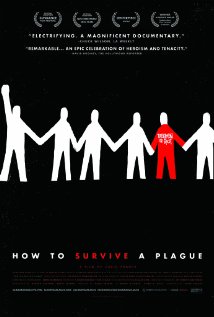
How to Survive a Plague is a 2012 American documentary film about the early years of the AIDS epidemic, and the efforts of activist groups ACT UP and TAG. It was directed by David France, a journalist who covered AIDS from its beginnings. France's first film, it was dedicated to his partner Doug Gould who died of AIDS-related pneumonia in 1992.

The Katangese Air Force, officially the Katangese Military Aviation, was the air force of the short lived secessionist state the State of Katanga. Established in 1960 under the command of Jan Zumbach, the force consisted predominantly of Belgian, French, and British mercenary pilots, operating a small number of helicopters and smaller number of fixed wing planes, including three attack aircraft delivered by the CIA.

On 18 September 1961, a DC-6 passenger aircraft of Transair Sweden Flight 001, operating for the United Nations, crashed near Ndola, Northern Rhodesia. The crash resulted in the deaths of all people on board, including Dag Hammarskjöld, the second secretary-general of the United Nations, and 15 others. Hammarskjöld had been en route to ceasefire negotiations with Moïse Tshombe during the Congo Crisis. Three official inquiries failed to conclusively determine the cause. Some historians and military experts like Susan Williams have criticized the official inquiries, pointing to evidence of foul play that had been omitted from the inquiries.
Per Bengt Magnus Ingemar Rösiö was a Swedish diplomat and author. He served as Ambassador to 17 countries and authored 20 books, mainly on diplomacy. He is more widely known however for having conducted the Swedish government's inquiry into the death of the UN Secretary General Dag Hammarskjöld where he maintained that there was no foul play.
Susan Williams is a historian and author based in London. She has written on influential women and the history of British monarchs, though known for her more recent works on how Britain, the United States, and the rest of the Western World influenced or interfered in modern 20th century autonomy in African countries.
South African Institute for Maritime Research is the name of a paramilitary organization that is believed to have performed clandestine operations to support white supremacy in Africa.
Plandemic is a trilogy of conspiracy theory films produced by Mikki Willis, promoting misinformation about the COVID-19 pandemic. They feature Judy Mikovits, a discredited American researcher and prominent anti-vaccine activist. The first video, Plandemic: The Hidden Agenda Behind Covid-19, was released on May 4, 2020, under Willis' production company Elevate Films. The second film, Plandemic Indoctornation, which includes more interviewees, was released on August 18 by Brian Rose's distributor of conspiracy theory related films, London Real. Later on June 3, 2023, Plandemic 3: The Great Awakening was released on The Highwire, a website devoted to conspiracy theories run by anti-vaccine activist Del Bigtree.
Hammarskjöld is a 2023 Swedish biographical drama film directed by Per Fly. It is based on the final weeks of former UN Secretary-General Dag Hammarskjöld.












